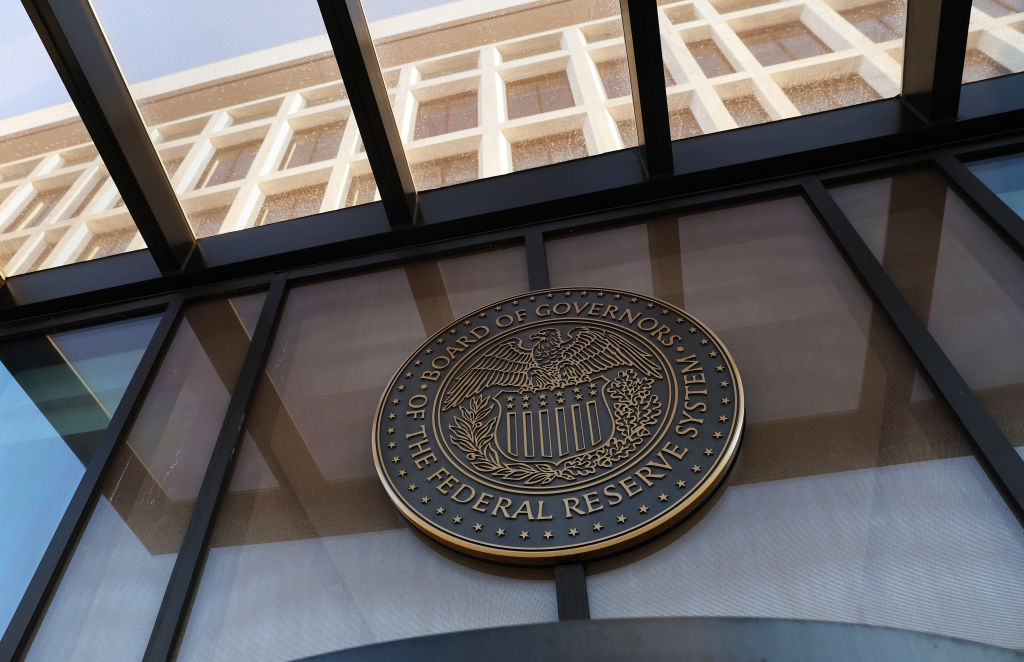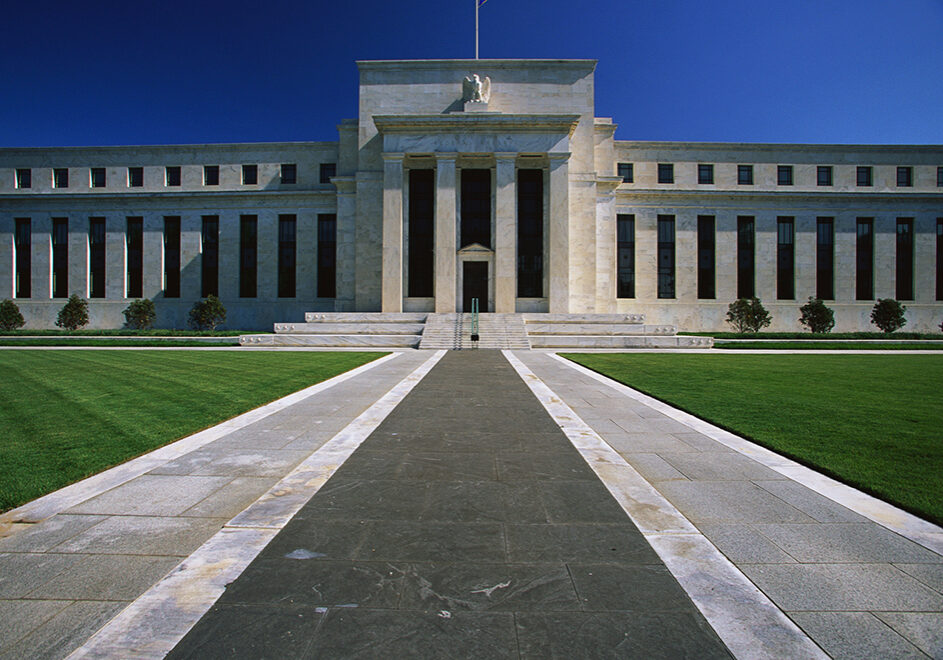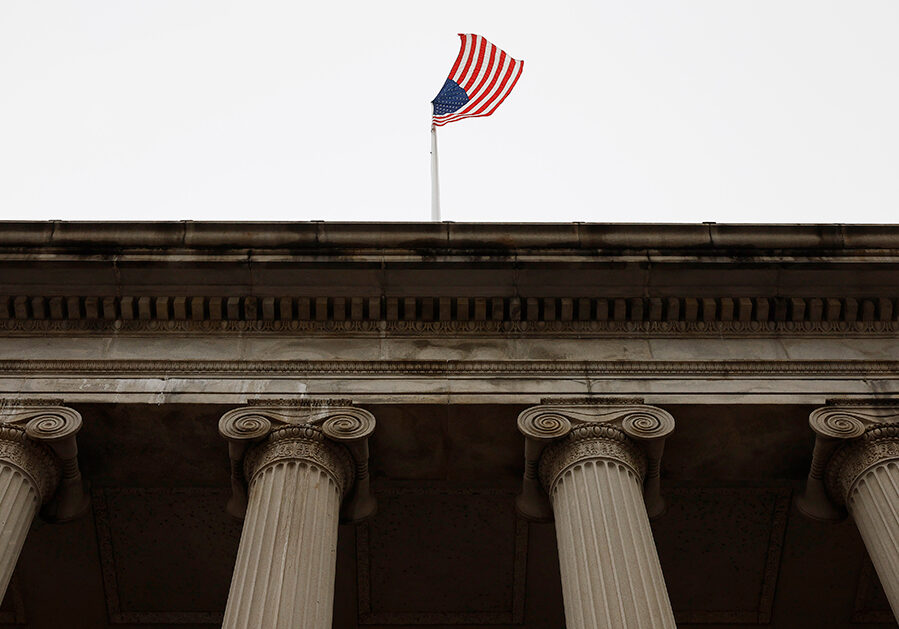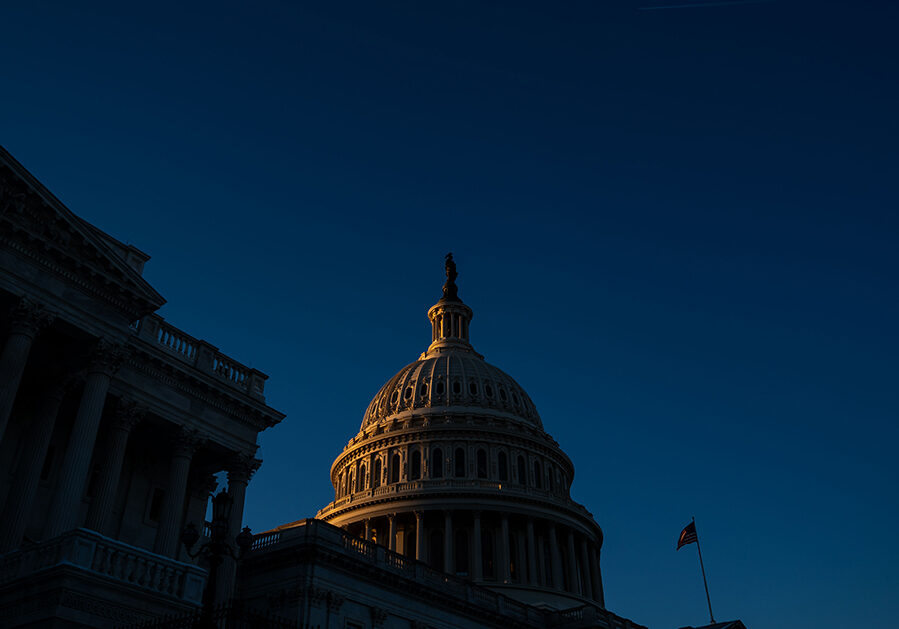Interest Costs
As a result of the fundamental imbalance between spending and revenues, the existing large level of debt, and higher interest rates, federal interest costs continue to eat up more and more of the budget.
Spending on interest is already greater than what we spend on children or on national defense, and such payments are on track to exceed their previous high (relative to GDP) by next year. Higher interest costs can squeeze areas of the budget that support future economic growth, such as education, infrastructure, and research and development.
Increased federal borrowing also crowds out private investment, which could harm future generations as it reduces income. In addition, high levels of debt curb our ability to respond to future challenges, diminish our global leadership, raise the possibility of a fiscal crisis, and increase the chance of higher inflation in the future. It also risks replacing the U.S. dollar as the world’s premier reserve currency, which would put additional pressure on U.S. interest rates.

Comparison Chart
As a byproduct of their plans, all seven organizations are able to reduce spending on net interest spending over the 30-year period relative to current law.
Without reform, spending on net interest is projected to rise from 3.1 percent of GDP in 2024 to 6.3 percent of GDP by 2054. The plans proposed by each organization help reduce interest costs over the long-run.
Further Reading
What Are Interest Costs on the National Debt?
Interest costs are on track to become the largest category of spending in the federal budget.
Higher Interest Rates Could Cause the National Debt to Skyrocket
Interest rates on U.S. Treasury securities have a significant influence on federal borrowing costs.
Any Way You Look at It, Interest Costs on the National Debt Will Soon Be at an All-Time High
The most recent projections from CBO confirm once again that America’s fiscal outlook is on an unsustainable path — increasingly driven by higher interest costs.



